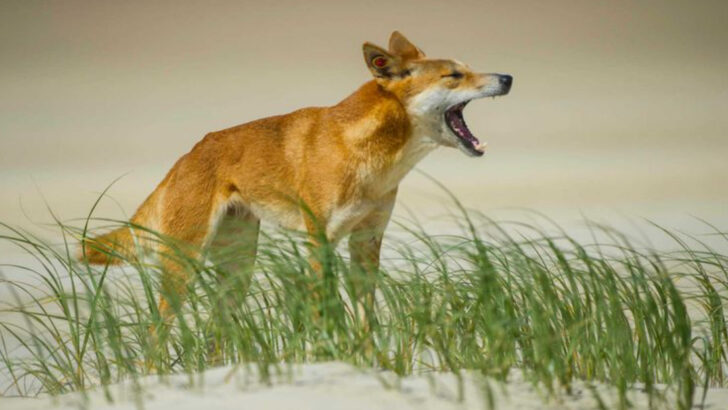When most people think of wild canines, they picture wolves howling at the moon or foxes darting through the woods. But not all members of the canine family are shy or elusive—some are skilled hunters with serious survival instincts and the power to take down prey much larger than themselves. These animals aren’t dangerous in the way movies often portray them, but in the wild, they’re efficient, calculated, and often at the top of their food chain.
From icy tundras to arid deserts, wild canines have adapted to thrive in harsh environments, often by working together in highly organized packs or relying on speed and strategy. They’re not just predators—they’re survivors. Knowing more about these species adds depth to how we understand the balance of nature and the role these animals play in their ecosystems.
Gray Wolf
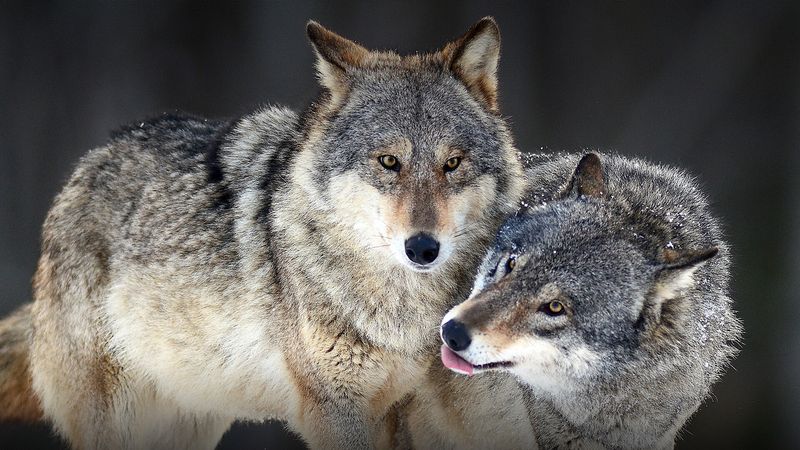
The gray wolf is a remarkable hunter. These social animals thrive in packs, which allows them to take down prey much larger than themselves. Typically, they inhabit forests and tundras, relying on cooperation to stalk and ambush their targets. Gray wolves communicate through a complex system of vocalizations.
This includes howls that can be heard over vast distances. They play a crucial role in their ecosystems by regulating prey populations. Despite their fearsome reputation, they are often wary of humans and avoid direct encounters. Understanding their behavior aids in conservation efforts, ensuring their survival in the wild.
Bat-eared Fox
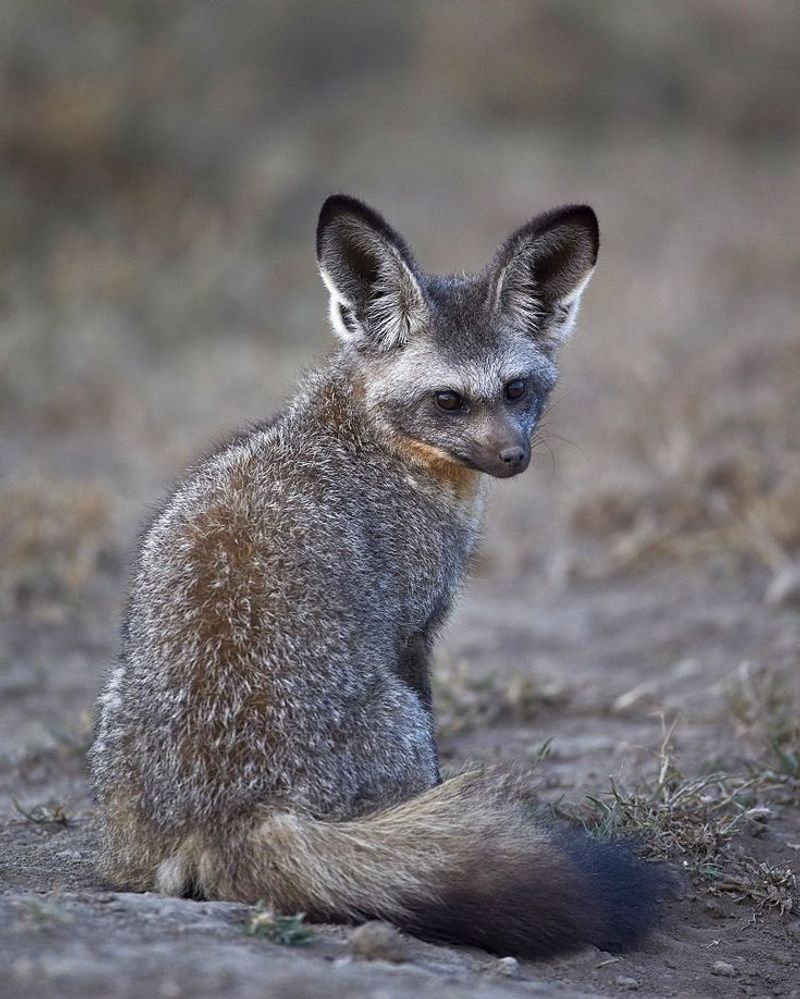
The Bat-eared Fox, with its enormous ears, is a master of adaptation. Living in the savannas of Africa, this fox has evolved to detect insects underground. Its diet mainly consists of termites, making it less threatening to larger animals. However, it’s the fox’s remarkable hearing and speed that make it an elusive predator in its own right.
Despite its non-threatening diet, the Bat-eared Fox is adept at avoiding larger predators, making it a cunning survivor. Its social nature includes living in pairs or small groups, enhancing its adaptability in the wild.
African Wild Dog
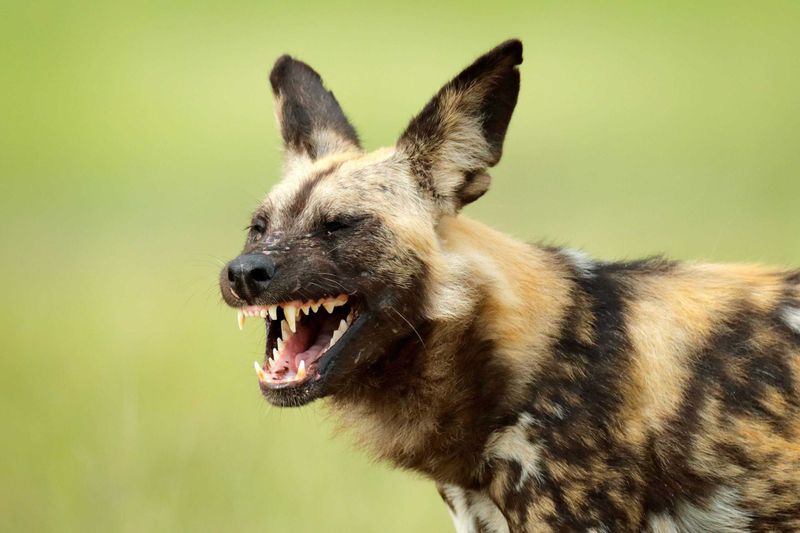
Known for their distinctive mottled coat, African wild dogs are highly effective hunters. Their success rate is among the highest of any predator, thanks to their cooperative hunting strategies. These dogs are found in sub-Saharan Africa, where they roam the open plains and sparse woodlands.
They communicate with a series of vocal calls to coordinate their movements. African wild dogs play an essential role in their ecosystems by controlling antelope populations. Sadly, they face numerous threats, including habitat loss and disease. Conservation efforts focus on protecting their remaining habitats.
Crab-eating Fox
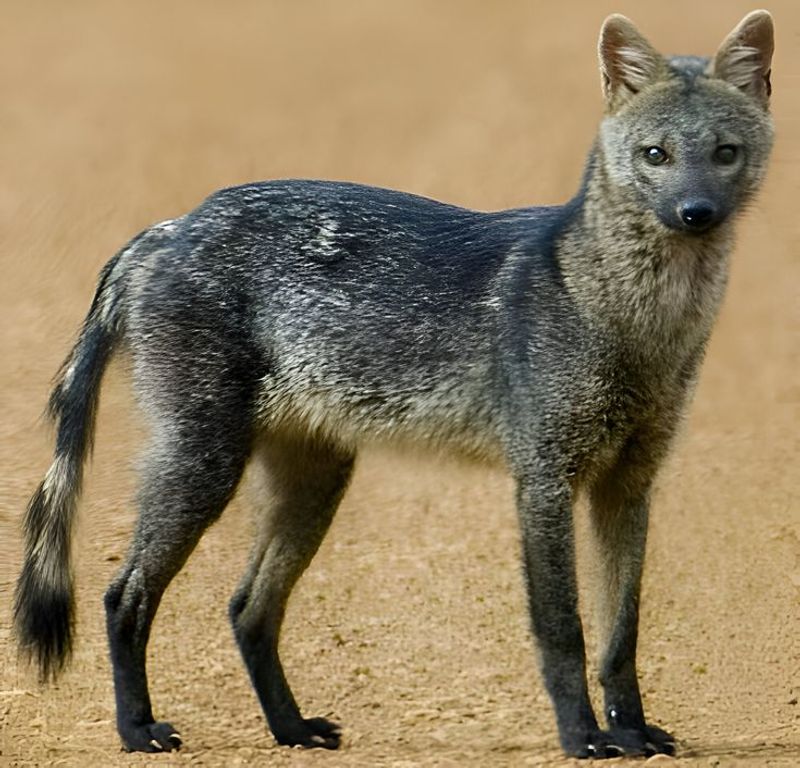
The Crab-eating Fox, native to South America, thrives in diverse habitats ranging from savannas to subtropical forests. Known for its omnivorous diet, this fox displays a unique fondness for crustaceans. Its adaptability allows it to live near water bodies, where it hunts crabs and small aquatic creatures.
This fox exhibits a playful yet cautious demeanor, often seen in pairs as they navigate their territory. Despite its name, the Crab-eating Fox’s diet varies widely, showcasing its survival ingenuity in challenging environments. This adaptability makes it a fascinating subject of study.
Simien Jackal
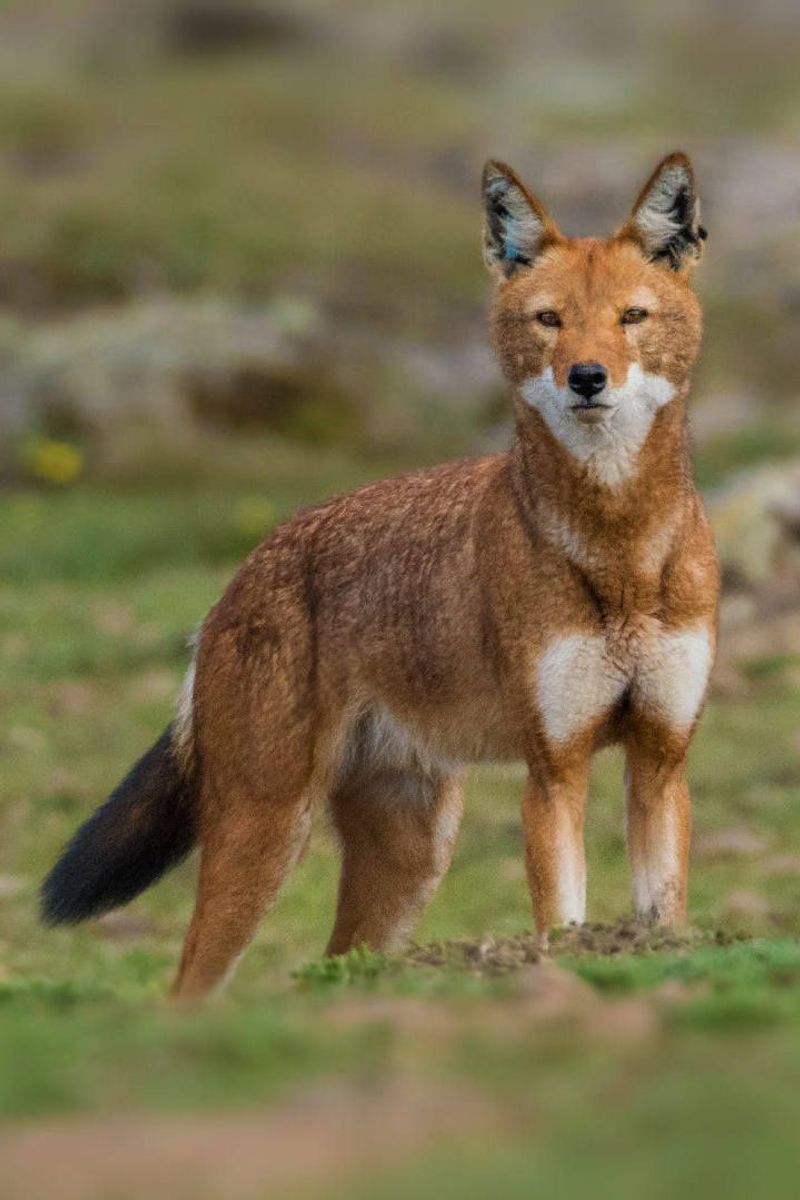
The Simien Jackal, native to the Ethiopian highlands, is a rare and endangered species. Its striking reddish coat and bushy tail make it a captivating sight. Primarily feeding on rodents, this jackal plays a crucial role in controlling pest populations.
Living at high altitudes, the Simien Jackal faces challenges like harsh weather and limited food resources. Despite these adversities, it has adapted remarkably well to its environment. Conservation efforts are crucial to protect this unique canid from habitat loss and declining prey availability.
Dhole
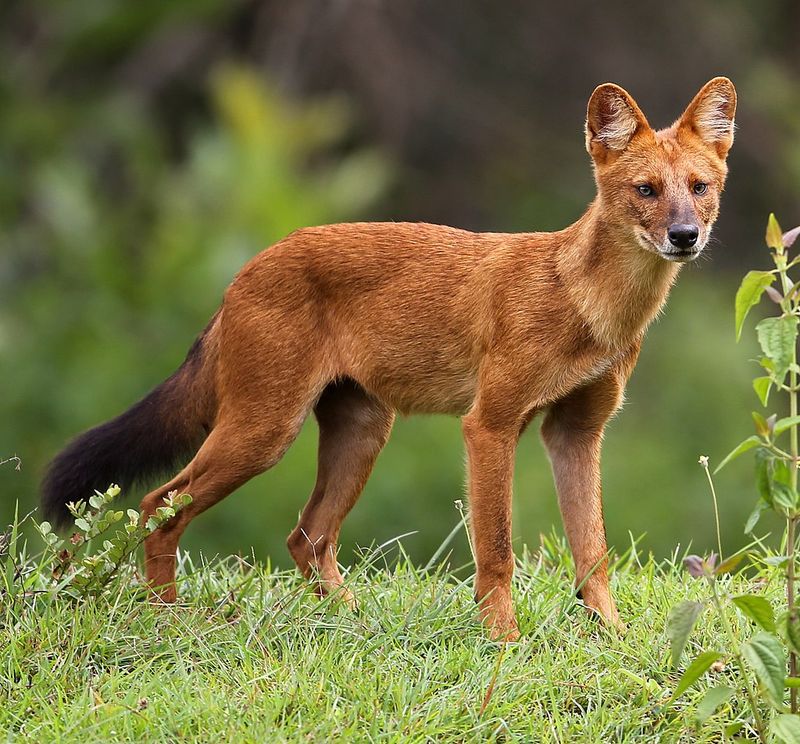
Dholes, also known as Asiatic wild dogs, are formidable predators found in Asia. They are easily recognizable by their reddish coats and bushy tails. These social animals hunt in packs, employing strategic teamwork to outmaneuver prey through dense forests.
Dholes are highly adaptable, thriving in diverse habitats from mountains to grasslands. They communicate through whistles and calls to maintain pack cohesion during hunts. Unfortunately, their numbers are declining due to habitat fragmentation and competition with other large predators. Conservation measures are essential to support their survival and protect biodiversity.
Tibetan Fox
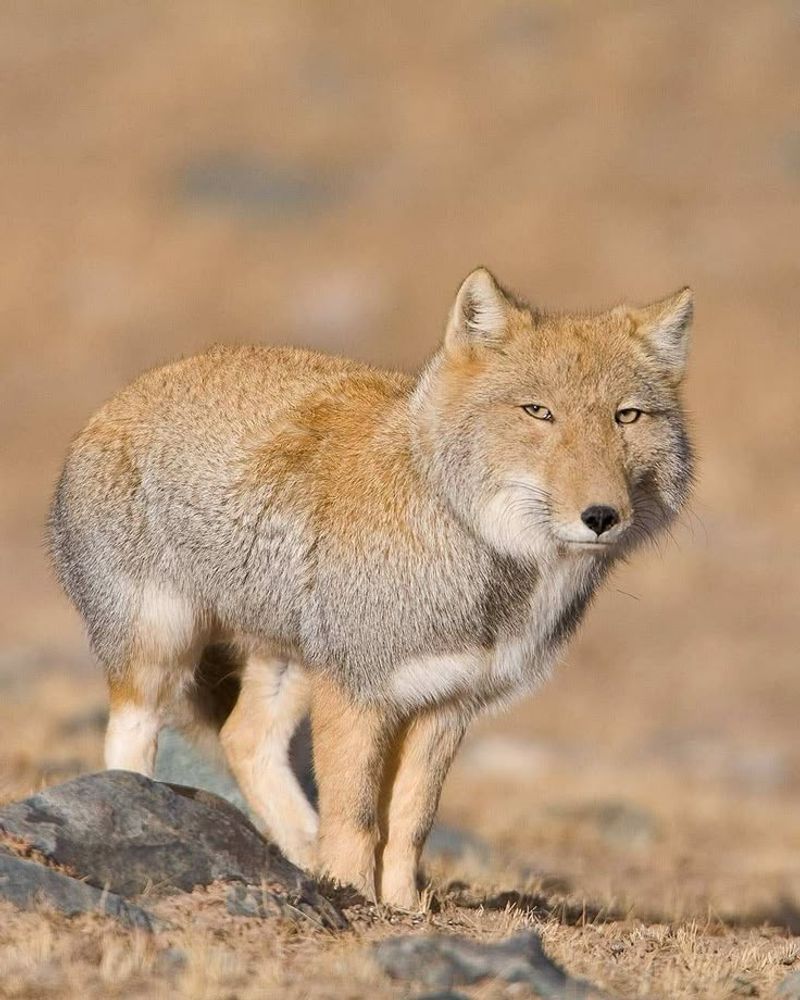
With its unique square-shaped face, the Tibetan Fox is a distinctive inhabitant of the high-altitude regions of Central Asia. Its fluffy coat provides insulation against harsh Himalayan winters. The Tibetan Fox is primarily a solitary creature, hunting small mammals like pikas and rodents.
Its remarkable ability to adapt to extreme cold and thin air highlights its evolutionary success. This fox’s role in the ecosystem is vital, as it helps control the population of its prey. Observing the Tibetan Fox in its natural habitat is truly a testament to nature’s resilience.
Fennec Fox
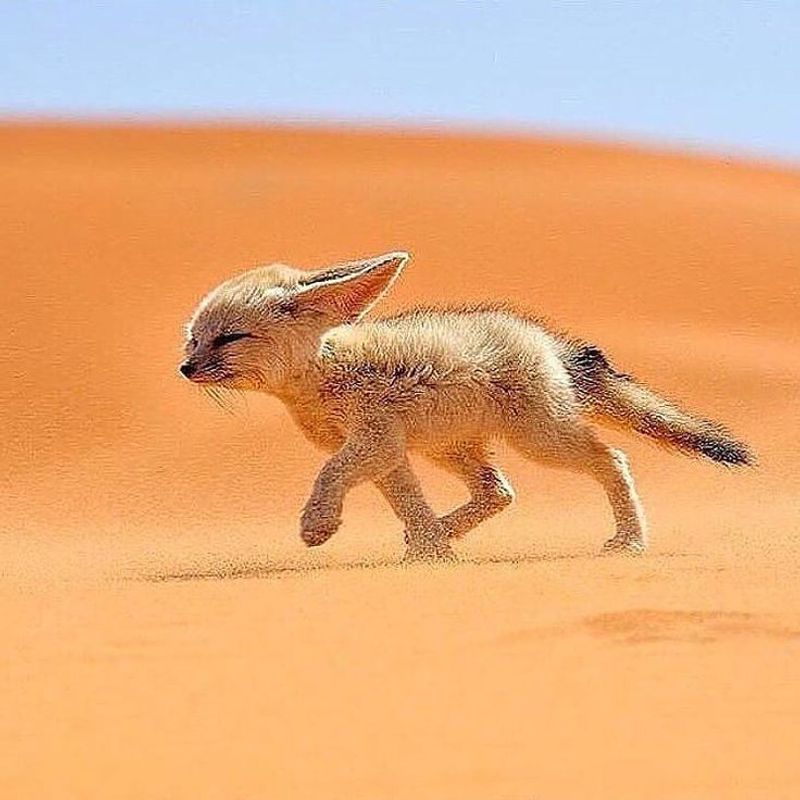
The Fennec Fox, smallest of all canids, thrives in the vast expanses of the Sahara Desert. Its enormous ears not only dissipate heat but also enable it to detect prey underground. This nocturnal fox hunts insects, small rodents, and birds, showcasing its versatility.
Adapted to extreme desert conditions, the Fennec Fox’s sandy coat reflects heat, while its kidney functions conserve water. Its playful nature and social behavior are evident as it lives in small groups. The Fennec Fox is a symbol of survival and adaptation amid one of the harshest environments on Earth.
Coyote
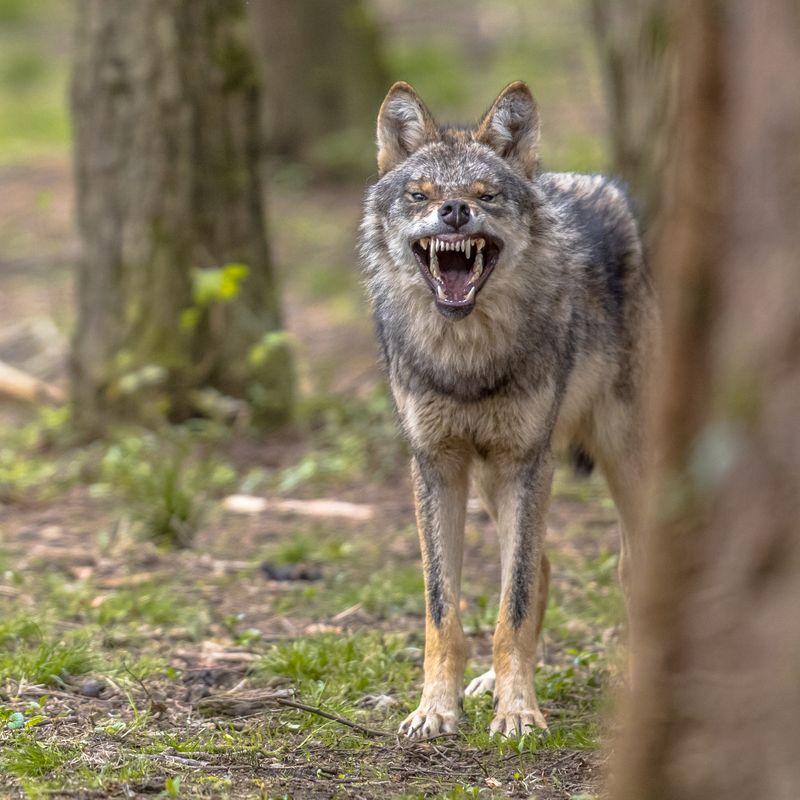
Coyotes are incredibly adaptable canines. Found across North America, they’ve expanded their range into urban areas. These wily creatures are omnivorous, feeding on everything from small mammals to fruits. Coyotes are known for their vocalizations, including howls and yips that echo through the night.
They often hunt alone but can form packs for larger prey. Their adaptability has allowed them to thrive in various environments, from deserts to forests. Despite being misunderstood, coyotes play a crucial role in controlling rodent populations. Coexistence with these resilient animals is essential for ecosystem health.
Maned Wolf
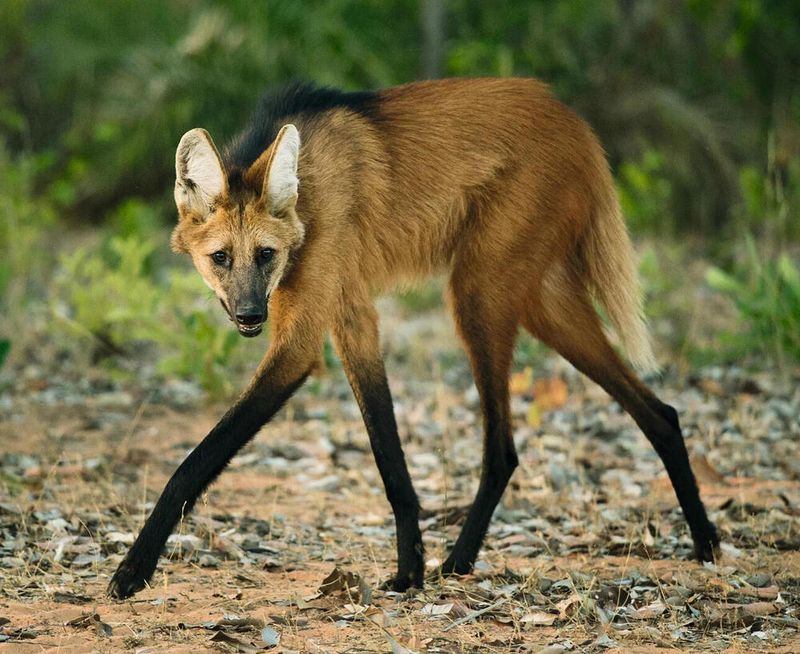
The maned wolf is a unique canine of South America, known for its long legs and distinctive mane. Unlike most canines, they are solitary hunters, relying on stealth to catch rodents and birds. They inhabit grasslands and scrub forests, where their height gives them an advantage in tall vegetation.
Maned wolves are primarily nocturnal and communicate through scent marking and vocalizations. They are essential for seed dispersal, as their diet includes fruits. Habitat loss and road accidents are significant threats to their survival. Conservation initiatives aim to preserve their natural habitats and ensure their continued existence.
Jackal
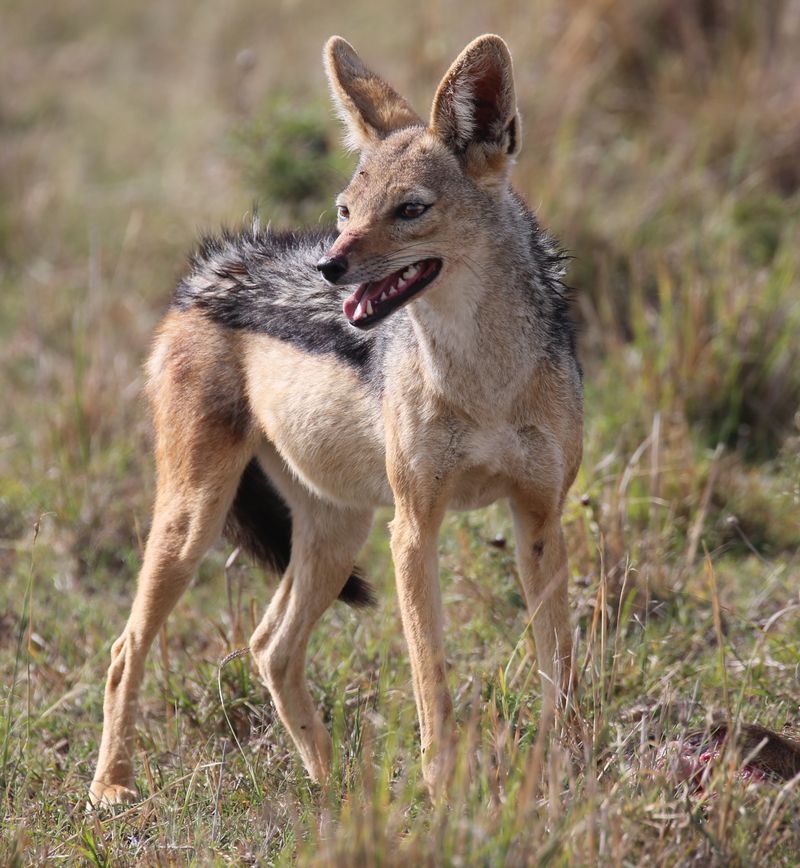
Jackals are versatile predators found in Africa, the Middle East, and parts of Asia. These opportunistic feeders adapt easily to various environments, including savannahs and deserts. Jackals are known for their cunning and resourcefulness, often scavenging alongside larger predators.
They communicate through a series of barks and howls, which help in territory defense and pack coordination. Jackals are essential for the ecosystem, keeping populations of smaller animals in check. Human-wildlife conflict is a challenge, but understanding their behavior can aid in coexistence efforts. Their resilience is key to their survival.
Ethiopian Wolf
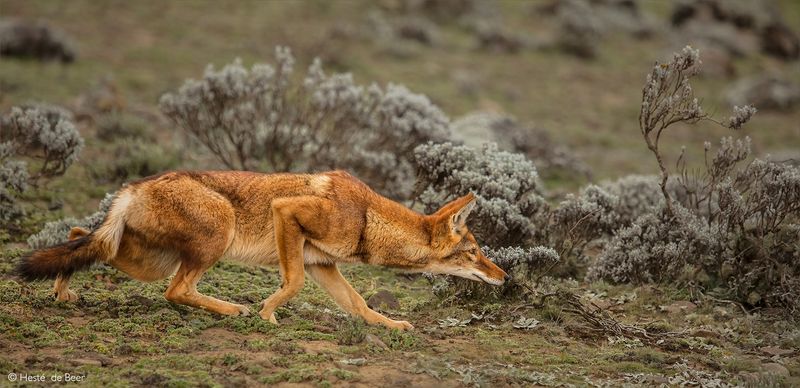
The Ethiopian wolf is Africa’s most endangered carnivore, found in the highlands of Ethiopia. These wolves have striking red coats and long legs, adapted to their mountainous habitats. They live in social packs but hunt alone, preying mostly on rodents.
Ethiopian wolves are active during the day, using a range of vocalizations for communication within the pack. They play a vital role in controlling rodent populations, maintaining ecological balance. However, habitat loss and disease pose severe threats. Conservation efforts focus on habitat protection and disease management to ensure their survival.
Bush Dog
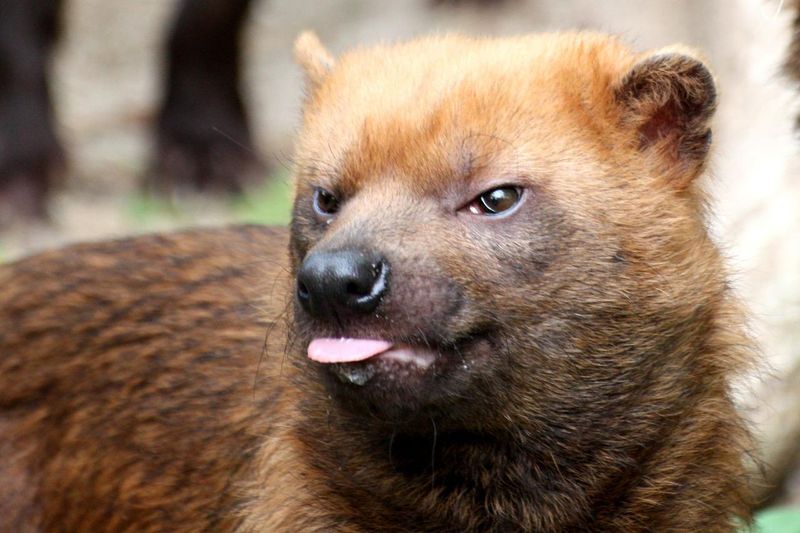
The bush dog, native to Central and South America, is a small but effective pack hunter. These canines have short legs and thick fur, adapted for life in dense rainforests. They hunt cooperatively, often preying on large rodents and birds.
Bush dogs are elusive and rarely seen, using scent and vocal cues to coordinate during hunts. They are crucial in their habitats for controlling prey populations. Due to deforestation and habitat fragmentation, bush dogs are vulnerable in the wild. Conservation efforts aim to secure their habitats and increase population awareness.
Red Wolf
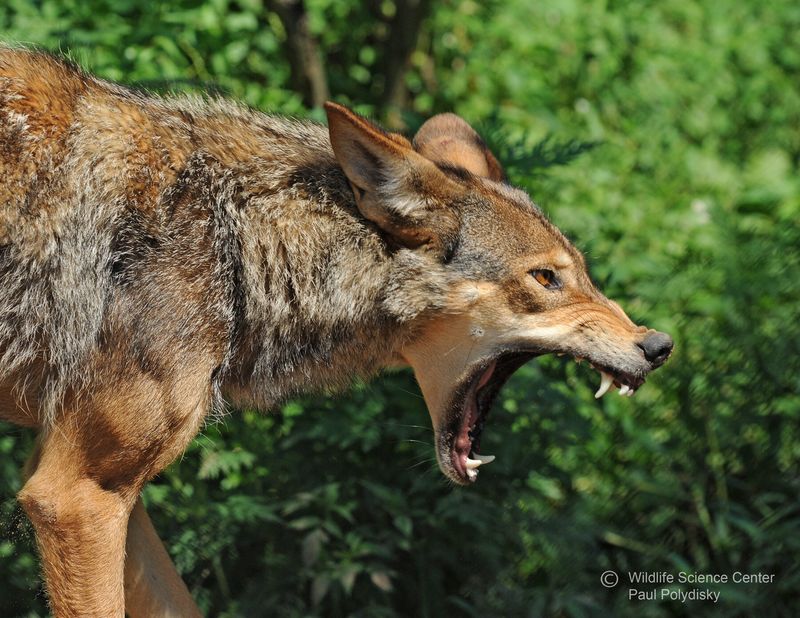
The red wolf, native to the southeastern United States, is a critically endangered species. These wolves have a reddish-brown coat and are smaller than their gray wolf cousins. Red wolves are social animals, living in family groups and hunting cooperatively.
They prefer habitats like forests and swamps, where they prey on deer and smaller mammals. Red wolves communicate through howls and scent marking, essential for pack cohesion. Threats include habitat loss and hybridization with coyotes. Conservationists are working hard to protect and reintroduce red wolves into their natural environments.
New Guinea Singing Dog
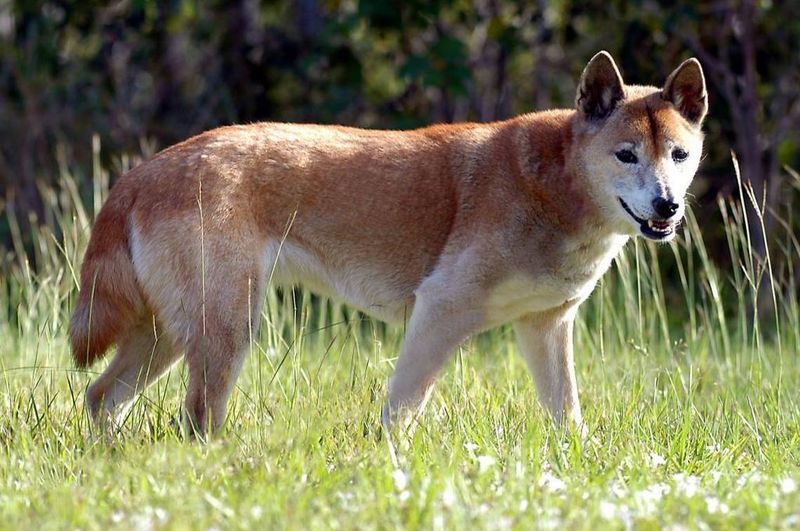
The New Guinea singing dog is a rare and primitive canine species found in the mountainous regions of New Guinea. Known for their unique vocalizations, these dogs produce melodic howls. They are elusive creatures, often living in isolation in dense forests.
Their agility and climbing abilities allow them to navigate rugged terrains with ease. Singing dogs play a role in their ecosystem by controlling small animal populations. They face threats from habitat loss and human encroachment. Efforts to study and preserve this unique species are crucial as they offer insights into canine evolution.
Raccoon Dog
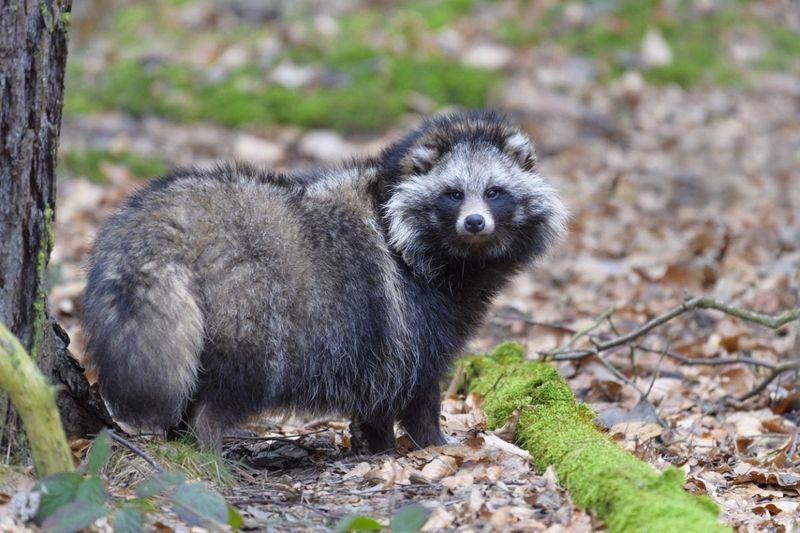
Native to East Asia, the Raccoon Dog is a unique member of the canine family, resembling a raccoon more than a dog. Its thick fur provides insulation against cold climates, allowing it to thrive in diverse environments.
Omnivorous and opportunistic, it feeds on a wide range of foods, including small animals, fruits, and invertebrates. This adaptability makes it an effective survivor in both wild and urban areas.
Notably, the Raccoon Dog undergoes a winter hibernation, a rare trait among canines, which adds to its extraordinary adaptability and survival skills.
Golden Wolf
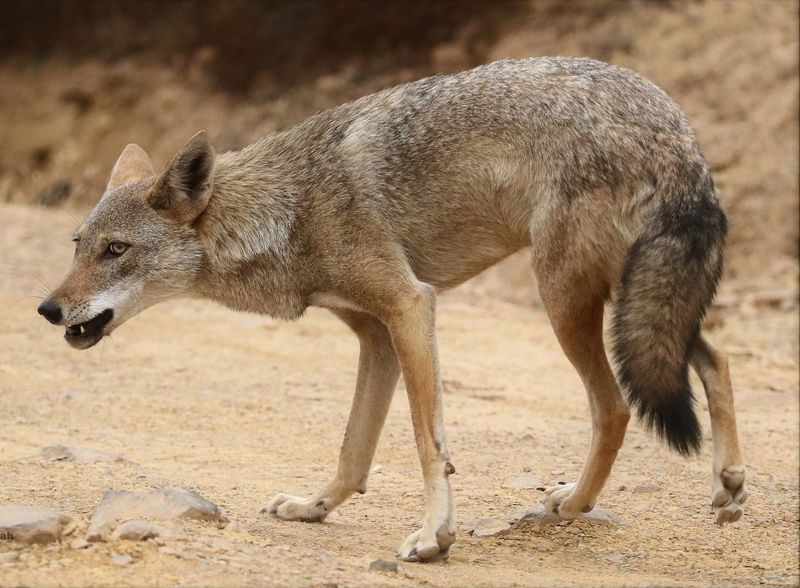
The golden wolf, also known as the African golden wolf, is a recent addition to the wild canine family. Found in northern Africa, these wolves are adaptable, living in deserts and grasslands. They hunt in pairs or small groups, preying on small to medium-sized animals.
Golden wolves communicate through vocalizations, crucial for maintaining social bonds during hunts. They help control prey populations, contributing to ecological balance. Threats include habitat loss and human persecution. Conservationists emphasize the need to protect their habitats and study their behavior for future preservation.
Dingo
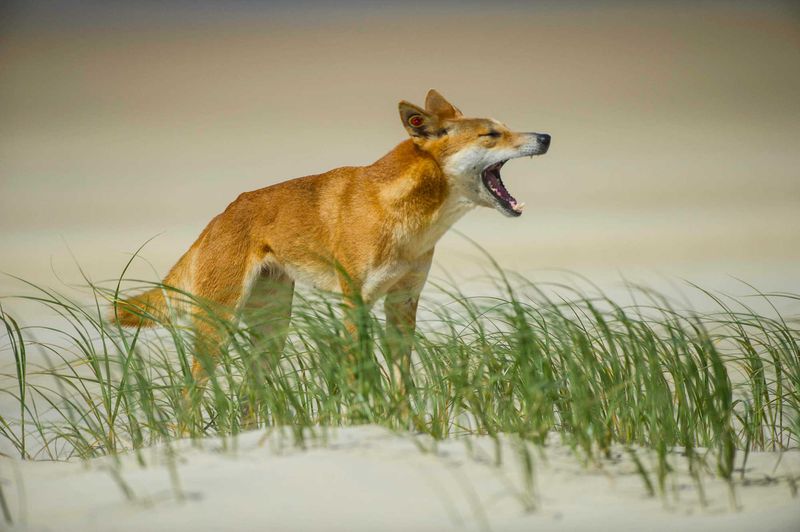
The dingo, Australia’s wild dog, is an iconic species known for its adaptability. Dingoes are versatile hunters, preying on a variety of animals from kangaroos to rabbits. They thrive in diverse environments, from deserts to forests.
Dingoes hunt alone or in packs, using keen senses and strategic thinking to catch prey. They play a crucial role in the ecosystem by keeping prey populations in balance. However, hybridization with domestic dogs and human conflict pose significant challenges. Efforts to understand and manage dingo populations are vital for their conservation.
Island Fox
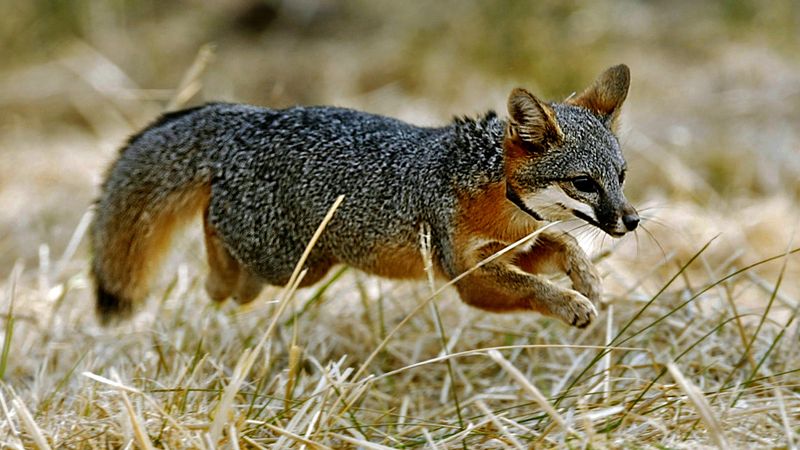
The island fox, native to California’s Channel Islands, is a small but fierce predator. These foxes are adept hunters, feeding on insects, birds, and fruits. They have adapted to the island environment, where their small size is advantageous.
Island foxes communicate through vocalizations and body language, vital for survival in their limited habitats. They play a role in maintaining the island’s ecological balance. Threats include disease and habitat destruction. Conservation efforts, such as captive breeding and habitat restoration, have been successful in increasing their populations.
Corsac Fox
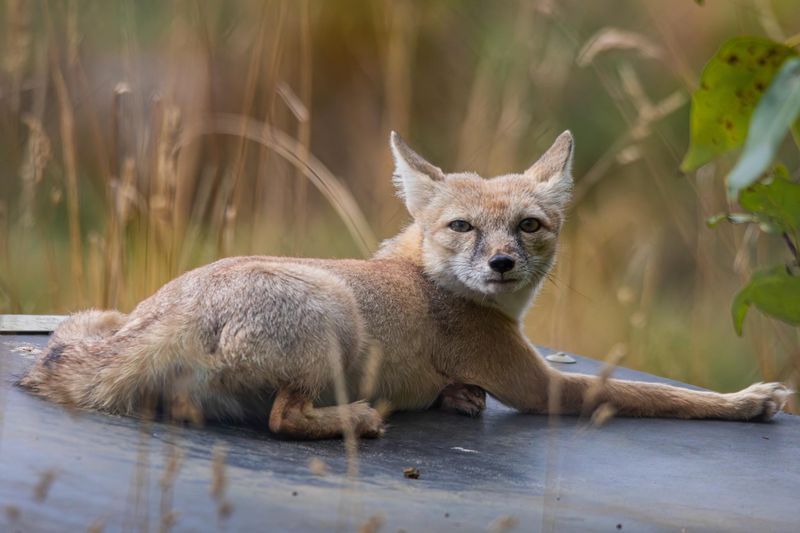
The corsac fox, native to central Asia, is a resilient species adapted to life in the steppes. These foxes have a thick coat that changes color with seasons, providing camouflage in varied landscapes. They are opportunistic hunters, preying on rodents and birds.
Corsac foxes are social animals, often forming small groups for hunting and protection. They contribute to the ecosystem by controlling prey populations. Challenges such as habitat loss and hunting pressure threaten their survival. Conservation efforts focus on protecting their habitats and understanding their ecological roles.

